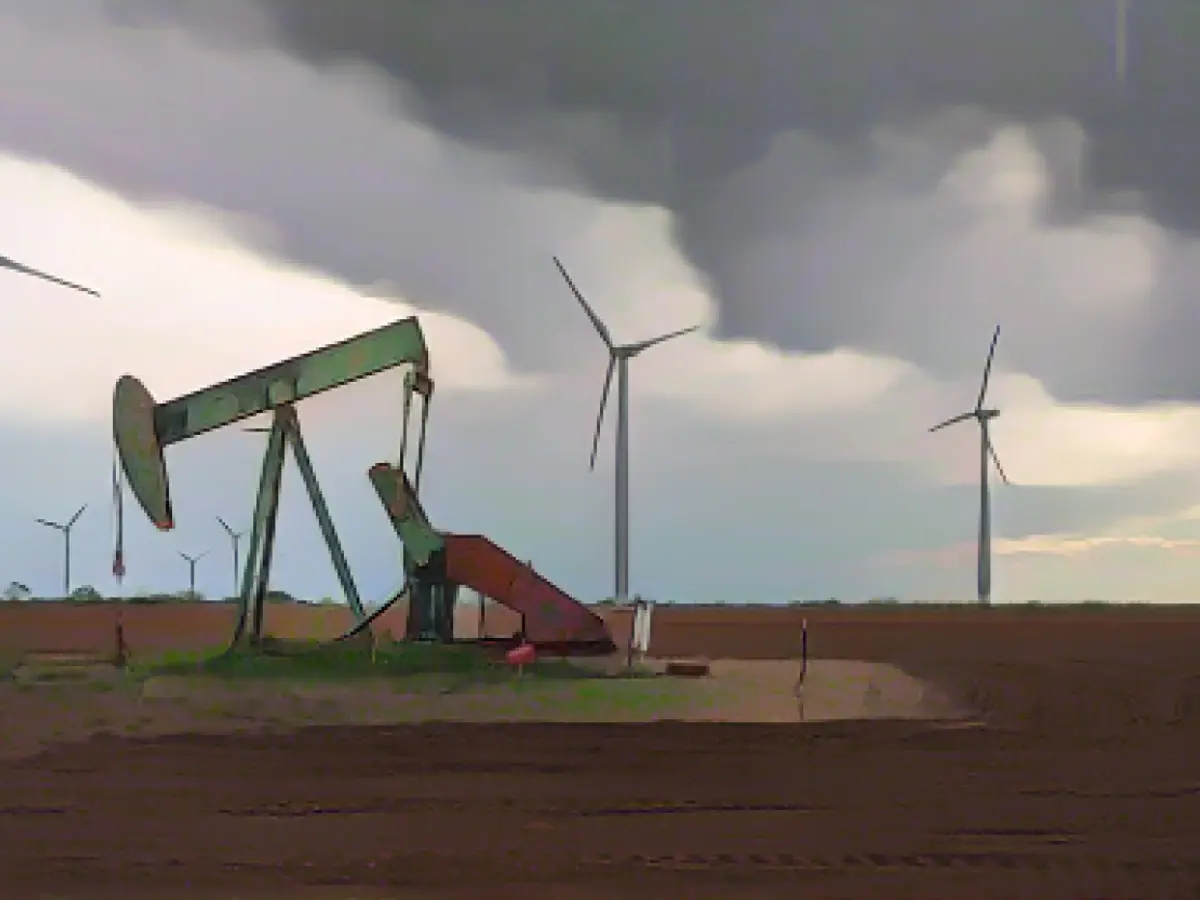U.S. Gas Prices on the Verge of Dropping Below $3
The latest sell-off has brought delight to consumers, hinting at nationwide gas prices dipping as low as $3 per gallon.
Gas prices hit a record low of $3.10 per gallon at the end of December, just before Christmas. Since May 2021, the nationwide average hasn't dipped below $3.
On Wednesday, U.S. crude oil plummeted to $69.11 per barrel, marking its lowest intraday value since June 29. The oil price closed at $69.38 per barrel, signifying a 4.1% decrease from the previous day. Internationally renowned benchmark oil, Brent, fell by 3.8% to $74.25 per barrel.
Experts attributed this decline to a combination of factors, including concerns over China's weak demand, record-breaking U.S. exports, and disappointment over OPEC+'s decision last week.
"The market fell rather quickly," Andy Lipow, President of Lipow Oil Associates, mentioned. "This could be interpreted as OPEC+'s losing the ability to control prices."
Last week, OPEC+ members agreed to cut production, but the decision has been questioned due to its voluntary nature.
"OPEC+'s production cuts seem more form than substance," Lipow added.
Gas prices for ordinary consumers saw a dip last week to $3.22 per gallon, according to AAA - a 11-month low and significantly below the September high of $3.88. Lipow predicted that gas prices might drop an additional 5-7 cents per gallon next week. He suggested that new unrest in the Middle East, or a Venezuelan takeover of Guyana, could potentially drive oil prices up, but the likelihood of U.S. national gas prices dipping to $3 per gallon is increasing.
Robert Yawger, Vice President of Energy Futures at Mizuho Securities, described the Wednesday sell-off as a "crash." New data from the U.S. revealed a strong increase in weekly gasoline reserves, raising concerns about weakening energy demand, according to Yawger.
Insights:
As oil prices drop, businesses can potentially benefit from lower operating costs and improved profitability.
Oil price drops generally translate to lower gasoline prices in the U.S., leading to savings for consumers and enterprises. The factors behind this trend incorporate supply and demand dynamics, market forces, seasonal patterns, geopolitical forces, and consumer behavior.
[1] - [2] - [3] - [4] - [5] -








